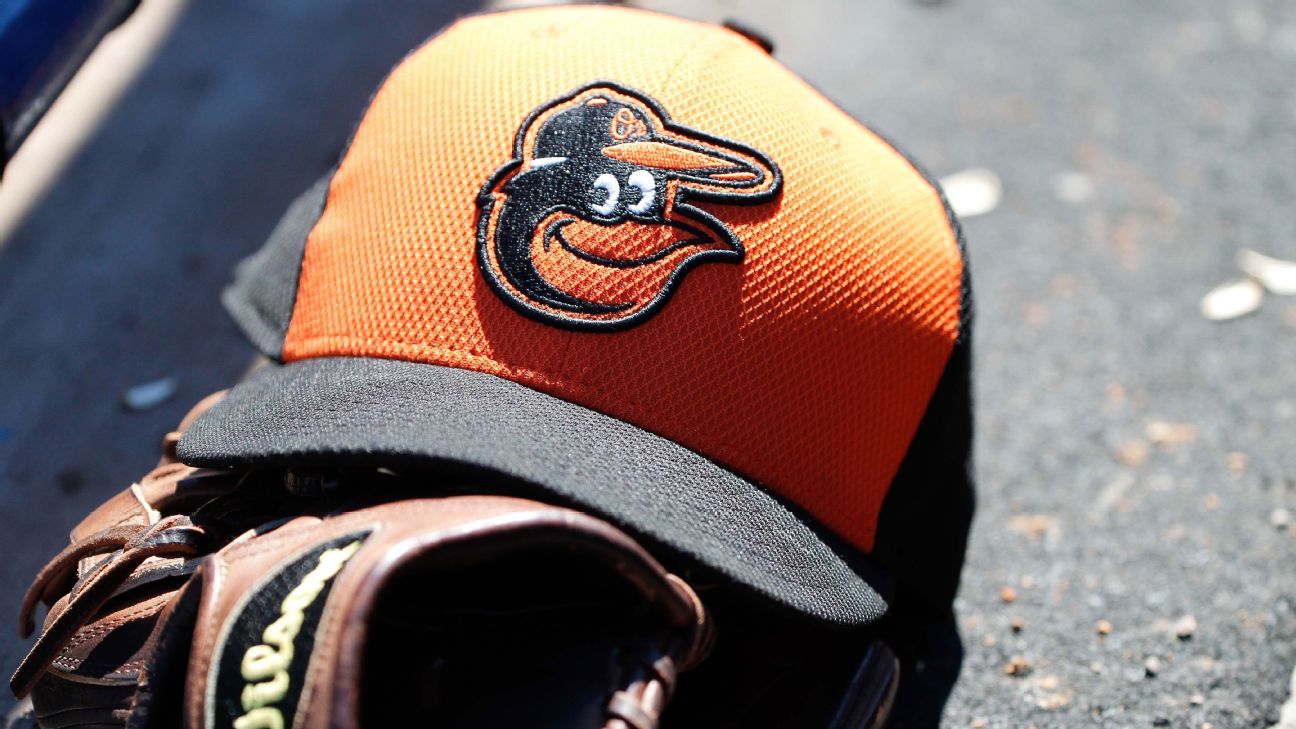
INDIANAPOLIS — He was straight from the old school, where the only lesson that counted was: “Don’t give up.”
Decades before a dying college basketball coach named Jim Valvano put those words into the American sports lexicon, they were taught every week, through deeds more than words, at speedways big and small. The professor might be an old driver, or a young mechanic whose tired eyes told you he didn’t know how to quit.
It was on Oct. 17, 1965, that a Boston-area wrench named Ray Stonkus showed everyone in his universe what it meant to not give up. He was just 26, but he could have passed for 35. Hard work will age a man.
In the years that followed, stock car insiders everywhere would learn his name. In the 1970s, Stonkus-built late models won all over the Southeast. In the ’80s, he helped tame a fiery racer named Gary Balough in the heyday of the All Pro Series.
In 2003, he showed that his savvy was bigger than the short tracks by leading one of the best teams in the NASCAR Truck Series.
But on that Sunday in 1965, the only future that concerned Stonkus was the next hour. He’d been hauling his coupe — the Flyin’ 9, everyone called it — to Connecticut’s Thompson Speedway, where a pair of 50-lap modified/sportsman features would end the New England season.
Now his truck had broken down on a dirt road inside Douglas State Forest in Massachusetts. The good news was that he was just five miles from the track. The bad news was that the only folks who used that dirt road were people like him: racers from the eastern half of the Bay State who knew that cutting through the forest would shave a few miles off a trip to Thompson. And most of them, Stonkus knew, were already there.
As was his driver, 23-year-old Pete Hamilton. While everyone else was unloading their equipment, Hamilton was “looking around, wondering where the hell the race car was.”
These two kids, Hamilton and Stonkus, had won four times that season at Norwood Arena, a high-profile bullring between Boston and Providence, R.I. That success made them one of the Northeast’s most interesting teams. It also made them hungry for more.
So, as Hamilton paced, Stonkus stared at his dead truck and its precious cargo. He knew what he had to do.
Minutes later, heads in the Thompson pits swiveled toward a rumbling noise that was getting louder.
“Here it came,” Hamilton said with a grin, “that black coupe, driving right down the road, with Ray at the wheel.”
Witnesses remember a toolbox riding on the exposed frame horns between the radiator and the front bumper.
Thompson was brimming with the day’s top talent: veterans like Bill Slater, Ed Flemke, Leo Cleary and Gene Bergin, emerging stars like Bugs Stevens and Don MacTavish. Hamilton outran them all in the opening feature.
The finishing order from that race was inverted to line up the second 50-lapper and here came that sweet-handling Stonkus coupe, slicing through the pack. At the very end, Hamilton passed Slater for another win.
That improbable sweep, Hamilton always said, “Put me on everybody’s radar.”
Here you begin to see how not giving up can change lives, careers and record books. Hamilton spent the next two seasons driving another Stonkus-built coupe for Matteo Trotto and won the 1967 NASCAR national sportsman title.
Counseled by Humpy Wheeler and others, Hamilton moved south and became the ’68 NASCAR Cup Series rookie of the year. In 1970, in his first start for Petty Enterprises, he won the Daytona 500.
When a nagging neck injury forced him out of big-league racing in 1973, Hamilton moved to Atlanta and launched a car-building enterprise. Needing “a good welder and fabricator and thinker,” he called Stonkus.
They built a small batch of late models that, in Hamilton’s words, “just about knocked out the competition,” winning with Ronnie Sanders, Billy McGinnis and others. Hamilton was the high-profile guy in the partnership, but that didn’t bother Stonkus. It was the same in his later stint with Balough; the driver got the headlines then, but today Gary says, “It’s impossible to say how much Ray did for me.”
When Stonkus ran Rick Crawford’s Circle Bar operation in the NASCAR Truck Series, PR man Jeff Opalach asked about “a box full of rolled-up graph paper” in his office. Those, Stonkus replied, were his suspension-geometry blueprints for each of their trucks. At a point when engineers were making the laptop the most important tool in every shop, Opalach recalls Stonkus doing his chassis setups with “a string, a plumb bob and a pencil.”
It was good enough to sit on the pole at Dover and Phoenix in 2002 and to win Daytona in 2003.
Think about all the roads Stonkus and Hamilton took after 1965, and then think back to that dirt road through Douglas State Forest. Both of them were talented enough to get where they ended up in racing, with or without those two Thompson trophies. But they got there quicker because young Ray Stonkus did not give up that morning.
He was 80 years old when he died in March. He left a wife, three kids and stories that will stick around a while. Just like him, those memories will not quit.















 Phone: (800) 737. 6040
Phone: (800) 737. 6040 Fax: (800) 825 5558
Fax: (800) 825 5558 Website:
Website:  Email:
Email: 






